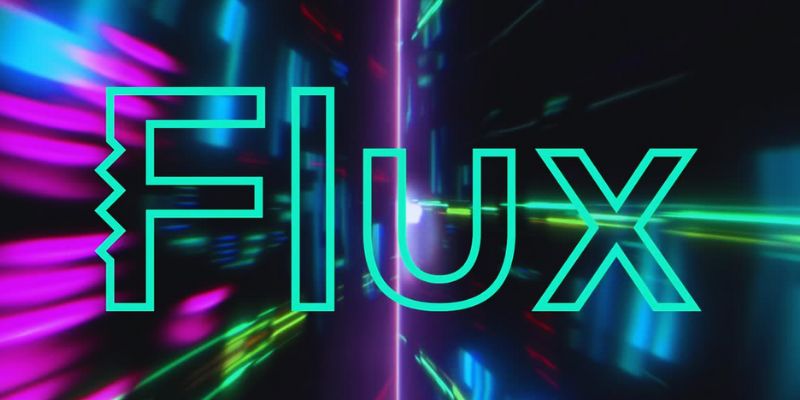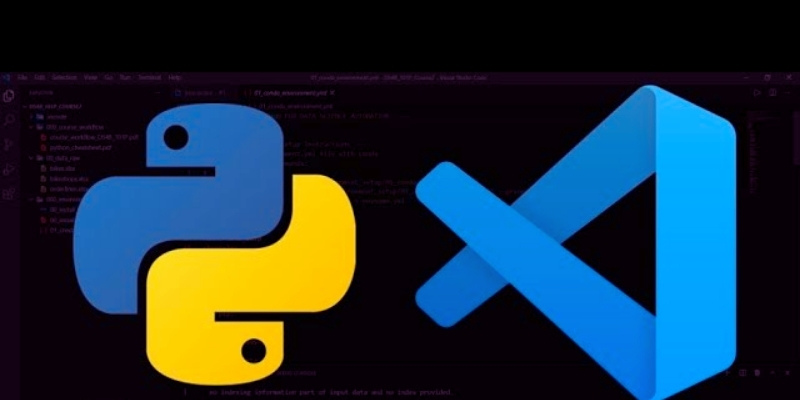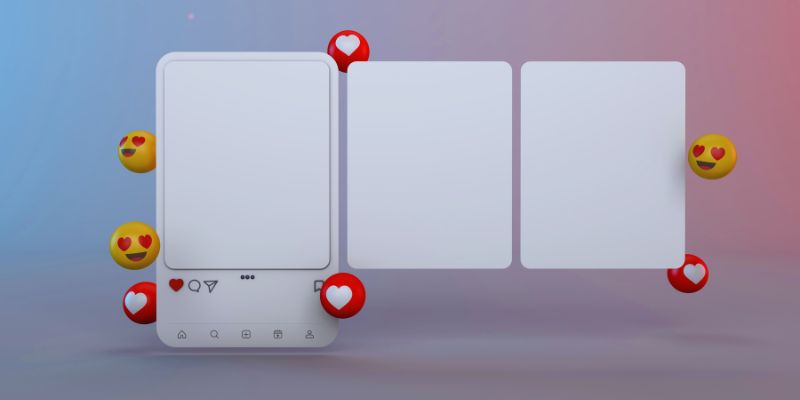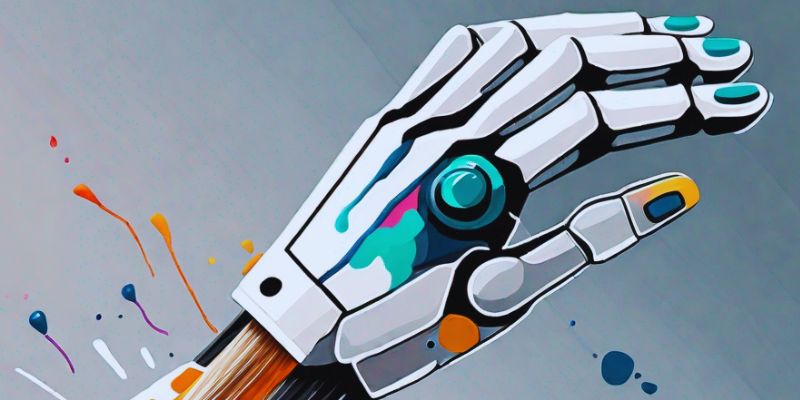Digital creation is being transformed by AI-generated art. Still, creating the ideal AI-generated art calls for talent. The correct words direct artificial intelligence algorithms to create amazing images. Learning good prompt writing is crucial, whether your preferred style is abstract or realistic. A well-organized prompt guarantees accuracy, originality, and uniformity of style. It enables artificial intelligence to generate excellent visuals and grasp your vision.
This guide will teach you how to create prompts meant to increase outcomes. We'll address structure, keywords, and good language. In conclusion, you can design prompts to bring your ideas to life. Look at ways to create simple, clear, and imaginative prompts. Prepare to improve your AI-powered digital art talents and create easily professional-quality artwork.
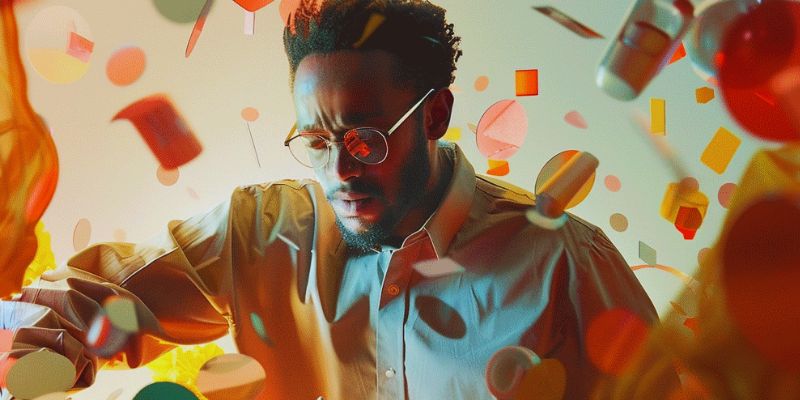
Understanding AI Art Prompts
AI art prompts are descriptions that direct artificial intelligence in producing images. These questions guide artificial intelligence in producing works, including style, composition, topic matter, and nuances. The output is more accurate, and the stimulus is better. While thorough prompts provide polished photos, vague prompts yield erratic results. Starting with a defined subject, Say, for instance, "a fluffy white Persian cat sitting by a window" rather than "a cat."
Context addition increases accuracy. Explain creative styles, lighting, and colors. Saying "a cyberpunk city at night with neon lights" gets more results than merely "a city at night." Refining the output are modifiers like "highly detailed," "realistic," or "minimalist." Employ ordered sentences. For AI, "a futuristic astronaut, wearing a metallic suit, standing on Mars, cinematic lighting" provides more direction. Learning good prompt writing guarantees AI follows your vision.
Key Components of an Effective AI Art Prompt
A good prompt consists of various components. The core of your prompt is the topic. Clearly state the kind of output you wish for. Rather than "a bird," say "a blue hummingbird hovering near a red flower." One is very much dependent on style. Indicate which of "watercolor painting," "oil painting," or "hyper-realistic 3D render" you wish. Lighting accentuates depth. Ask for "soft morning light," "dramatic shadows," or "golden hour glow." Frameworks are guided by composition.
Comment "close-up shot," "wide landscape," or "portrait-style framing." Results get better with details like texture and mood. For AI, saying "a mysterious castle, covered in fog, eerie atmosphere" clarifies the sensation. Colors help to accentuate features. "A vivid sunset with shades of pink and orange" generates a particular visual appeal. Combining these components guarantees optimal results.
Structuring Your AI Art Prompt
Well-organized cues make sense logically. Start with the subject, then add modifiers, style, and details. "A majestic lion" becomes more polished as "a majestic lion, roaring, golden mane, hyper-realistic, dramatic lighting." Keep prompts exact. Avoid long, sophisticated sentences. Say "a vivid sunset, red-orange skies, reflecting on a calm ocean" instead of "a beautiful sunset with red, orange, and yellow hues over a calm ocean."
Use clear, succinct language. Ste clear of superfluous terms. Saying "a detailed sci-fi city, neon lights, futuristic buildings, aerial view" is preferable to "a city that looks futuristic with many neon lights." Cleanliness is quite essential. AI recognizes your request better; the more exact you are, the more exact you are.
Choosing the Right Keywords for AI Art Prompts
Keywords shape AI's interpretation of your question. Describe the subject, technique, and composition using exact terms. Say "media fantasy castle, surrounded by mist, mystical atmosphere" instead of "fantasy setting." Action phrases give vitality. "A soaring eagle, wings spread, against a blue sky," for instance, generates movement. Textural terms enhance realism. "A cracked stone wall with moss growing on it" brings specifics.
Try several keyword sets. Results from "anime-style warrior, glowing sword, dynamic pose" are better than merely "a warrior with a sword." Rather than "an airship in the sky," try "steampunk airship, brass details, cloudy sky." Well-picked keywords provide rich and interesting artificial intelligence art.
Avoiding Common Mistakes in AI Art Prompt Writing
Common mistakes lower the quality of AI output. Vague questions produce generic answers. Rather than "a fantasy landscape," say "a lush green valley, enchanted forest, glowing blue mushrooms." Overloading with extraneous details perplexes artificial intelligence. Keep your descriptions in harmony. Saying "a robot with silver metallic plating, glowing blue eyes, intricate mechanical joints, standing in a neon-lit city at night with rain falling" could be overly much. Cut extra words so that clarity remains.
Inconsistent phrasing compromises outcomes. Avoid contradictory phrases like "a simple, highly detailed painting." Go only in one stylistic direction. Frame your work in a good light. Say "bright and vivid" instead of "not dark." These few tweaks raise artificial intelligence accuracy.
Experimenting with AI Art Prompt Variations
Testing several prompts helps to improve outcomes. Little adjustments affect the output. Experiment with several viewpoints, techniques, or emotions. Change "a mountain at sunrise" to "a snow-capped mountain, golden sunrise glow, mist in the valleys." AI models answer prompts differently. Some sites view words differently. Try several word choices to see which is most effective.
Try "an enchanted woodland, glowing plants, bioluminescent mushrooms," not "a magical forest." Apply aggressive expansion strategies. Start small, then hone. Starting "a knight in armor" stretches to "a medieval knight in shining silver armor, holding a glowing sword, standing on a battlefield." Little changes enhance instantaneous performance.

Enhancing AI Art Prompts with Style References
Referring to recognized art forms enhances accuracy. Specify "a starry night sky, painted in Van Gogh's post-impressionist style, bold brushstrokes" if you want a Van Gogh-like artwork. Terms in photography support realism. For professionally looking photographs, use "cinematic lighting," "soft focus," or "depth of field."
Try "a high-profile studio portrait of a woman, soft lighting, warm tones" instead of "a portrait of a woman, soft lighting, warm tones." Digital art forms polish outputs. Declaring "a cyberpunk city, neon lights, futuristic aesthetics" provides exact direction. Including references guarantees artificial intelligence knows your creative orientation.
Conclusion:
Learning AI-powered digital art opens almost endless creative possibilities. The correct phrases direct artificial intelligence to create amazing images. Results improve with a clean structure, powerful keywords, and exact descriptions. Steer clear of ambiguous questions, balance elements, and polish language for optimum results. Try several styles and references to improve accuracy. Structured prompts help you realize your ideas for fantastical landscapes or realistic portraits. Start today and observe how your AI-generated art inspires improvement.


